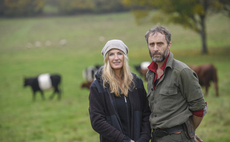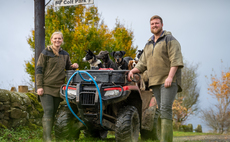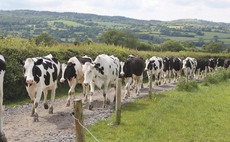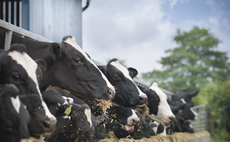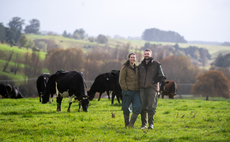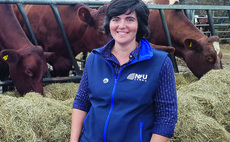By Katie Jones
A new Priority Cull Report to help improve Johnes disease management in dairy herds is now included in NMRs Johnes screening service HerdWise.
NMR vet Dr Karen Bond says the Priority Cull Report, which has been developed by the Action Group on Johnes, will allow farmers and vets to take greater control of the culling decisions on their own farms by highlighting cows which pose the highest risk.
She says the Report has been developed following increasing pressure within milk contracts for farmers to cull all of their red cows immediately.
She says: We were concerned that this direction of travel was penalising farmers who were simply trying to do the right thing, and moves us back to a test and cull approach to Johnes control.
Instead we want farmers and vets to be able to manage the disease in the correct way for their own circumstances, while still removing high risk animals.
We classify infected cows with repeated test results above 30 as red cows, but the range above this can be extensive, with some cows having much higher test results and therefore being a lot further on in the progression of disease than others.
These cows present more of a risk of transmission and the infection will have a much greater impact on their performance.
The Priority Cull Report will list cows with two consecutive results above 60 and/or one result above 100.
Dr Bond says these cows are losing control of the disease and are likely to be shedding large amounts of the Johnes-causing bacteria Mycobacterium Avium subspecies paratuberculosis.
She says: They are the highest risk animals in the herd and the ones which should be prioritised for culling. The new Priority Cull measure will allow, with the backing of their retailer and milk contract, producers and vets to focus culling decisions on those cows which pose the highest risk to their herd.
Dr Bond also says new data analysed by NMR throws new light on the continued importance of Johnes control.
She says: We have analysed the performance data of cows from more than 2,000 herds which use Herdwise to help identify the impact the disease is having.
When looking at somatic cell counts [SCCs], fertility and age at first calving, it is clear the herds which have the highest levels of Johnes also have the highest cell counts, the most problems with fertility and the highest age at first calving.
The relationship for SCC is linear and for fertility and age at first calving a big impact is seen for the herds with the highest levels of Johnes.
Dr Bond says this new data mirrors previous studies and data, but what is particularly striking is the impact Johnes has on milk yield.
She says: A Johnes negative [J0] cow will produce about 800 litres more milk than a Johnes positive [J5] cow over an average 305-day lactation.
When we look at an individual cow level, we can see that these Johnes positive cows are giving less milk every day of their whole lactation.
Dr Bond says this economic impact demonstrates why it is important farmers and vets continue to work together and use the data available to control Johnes within herds.







